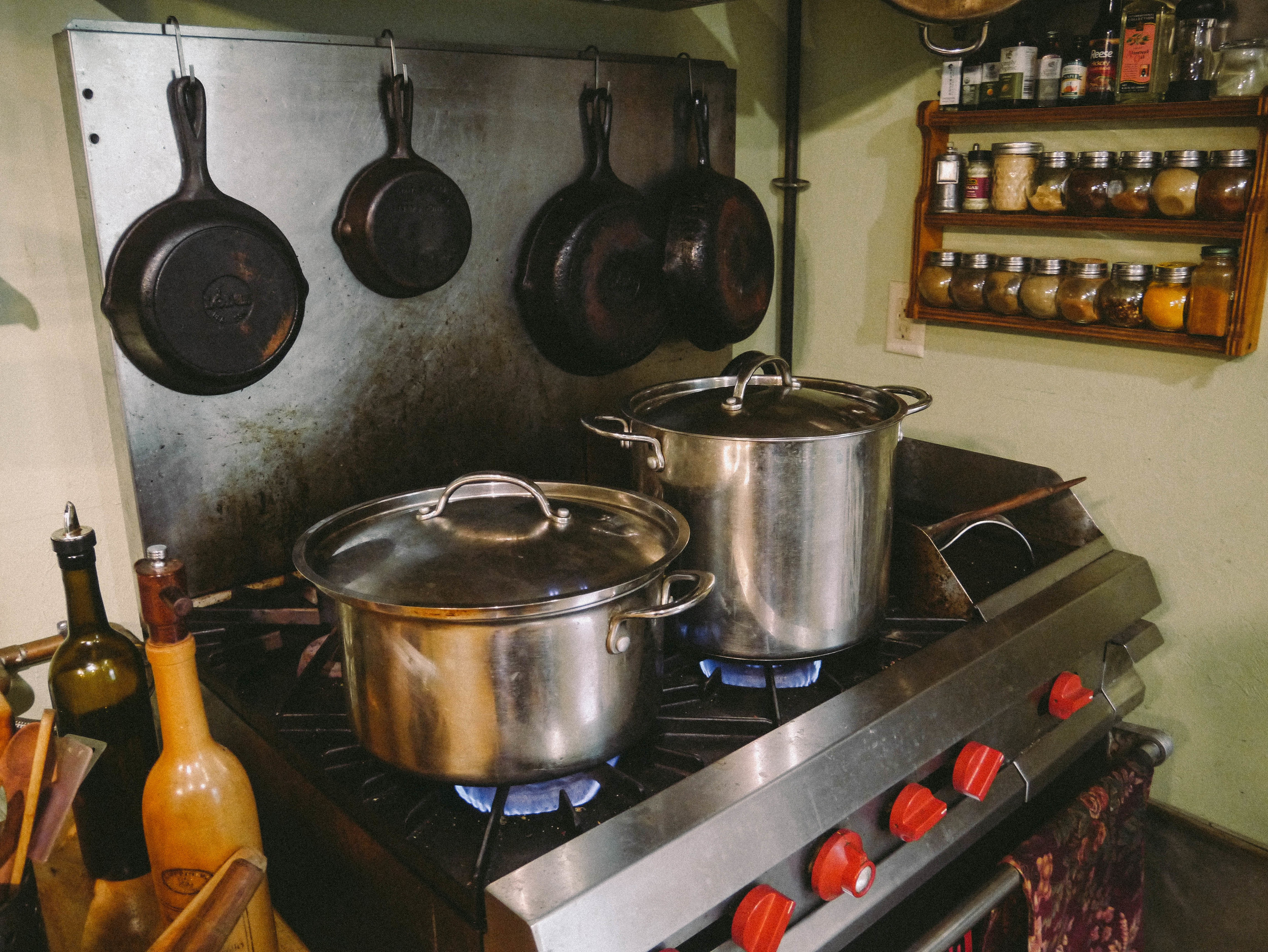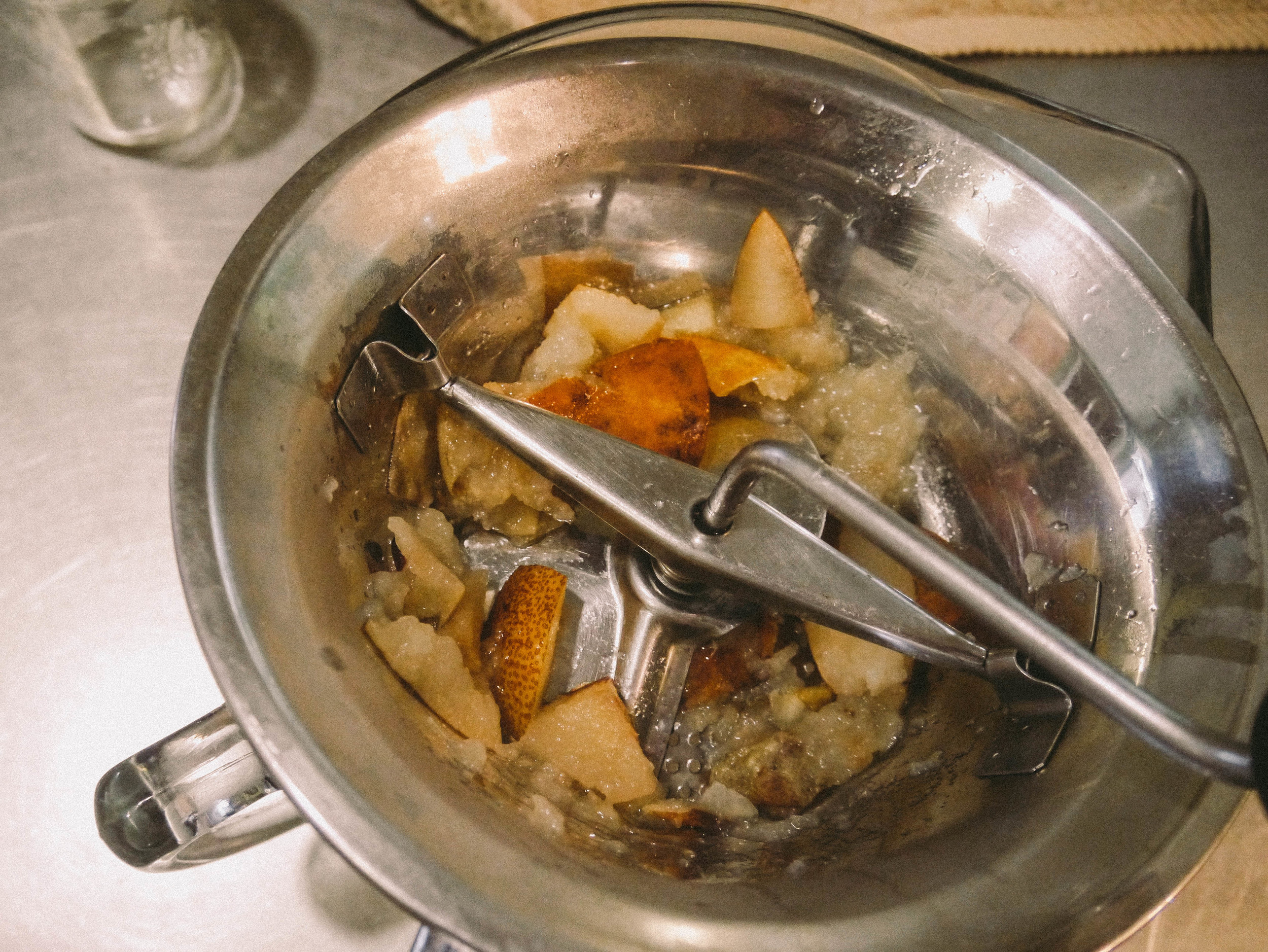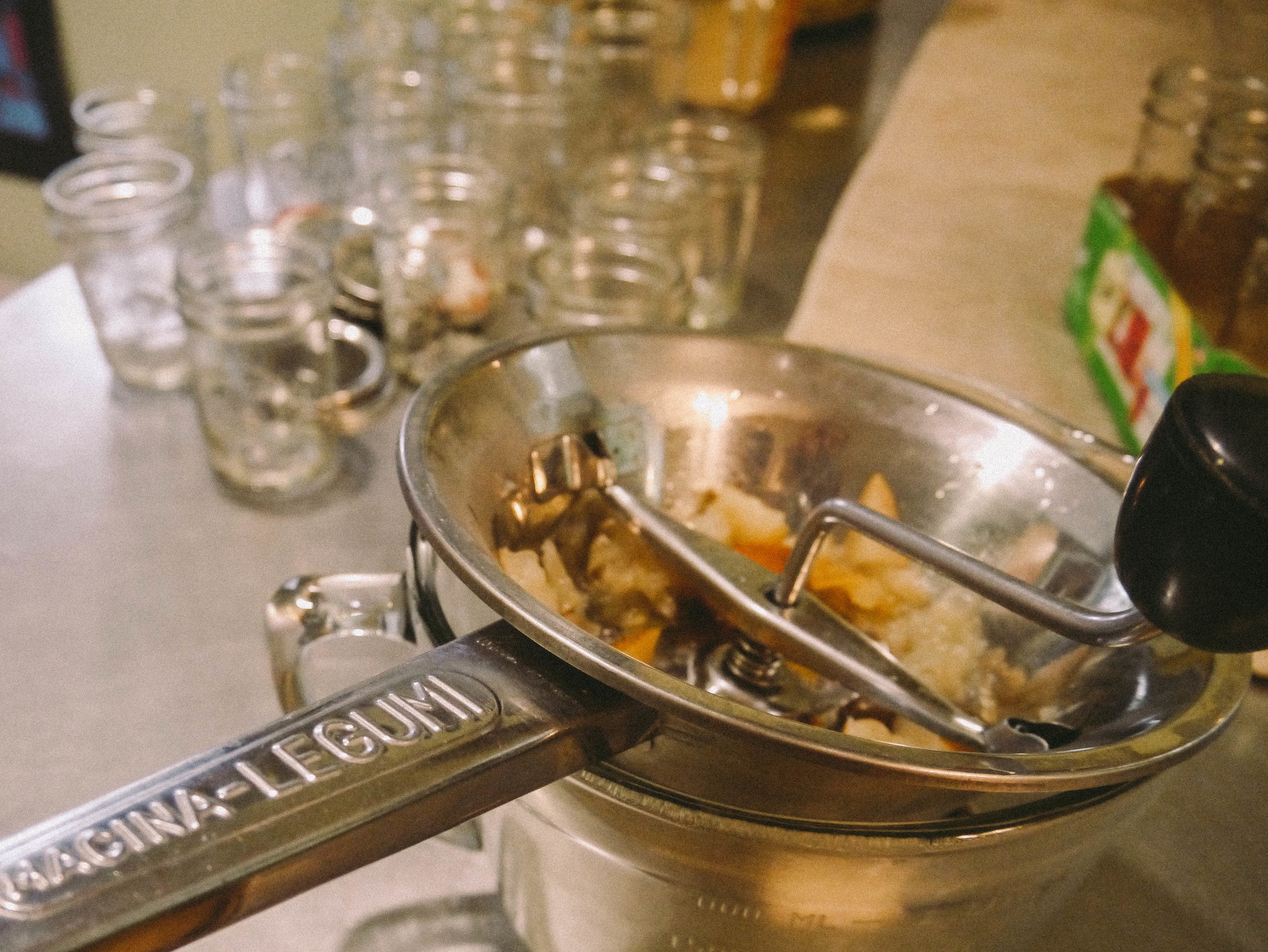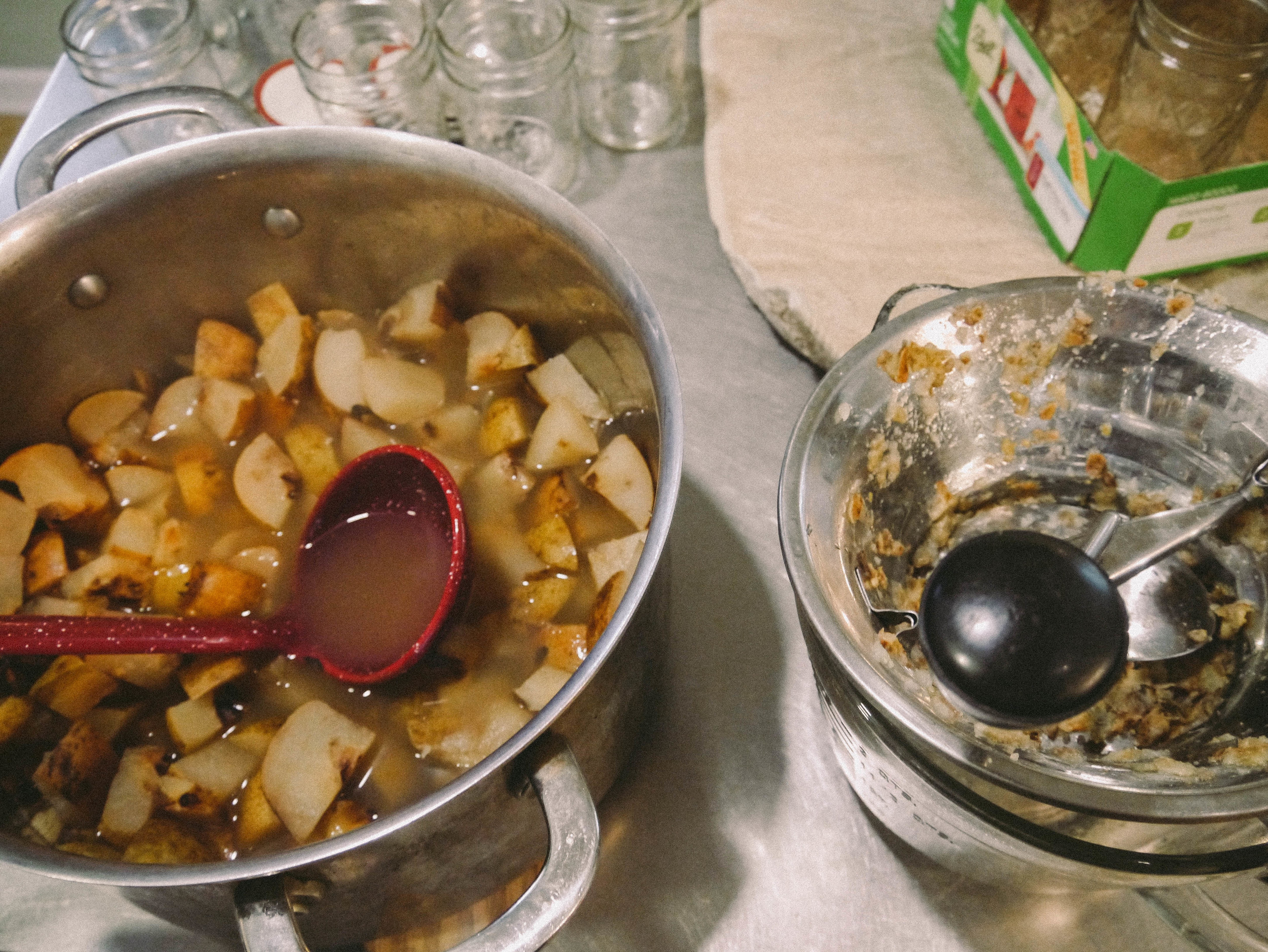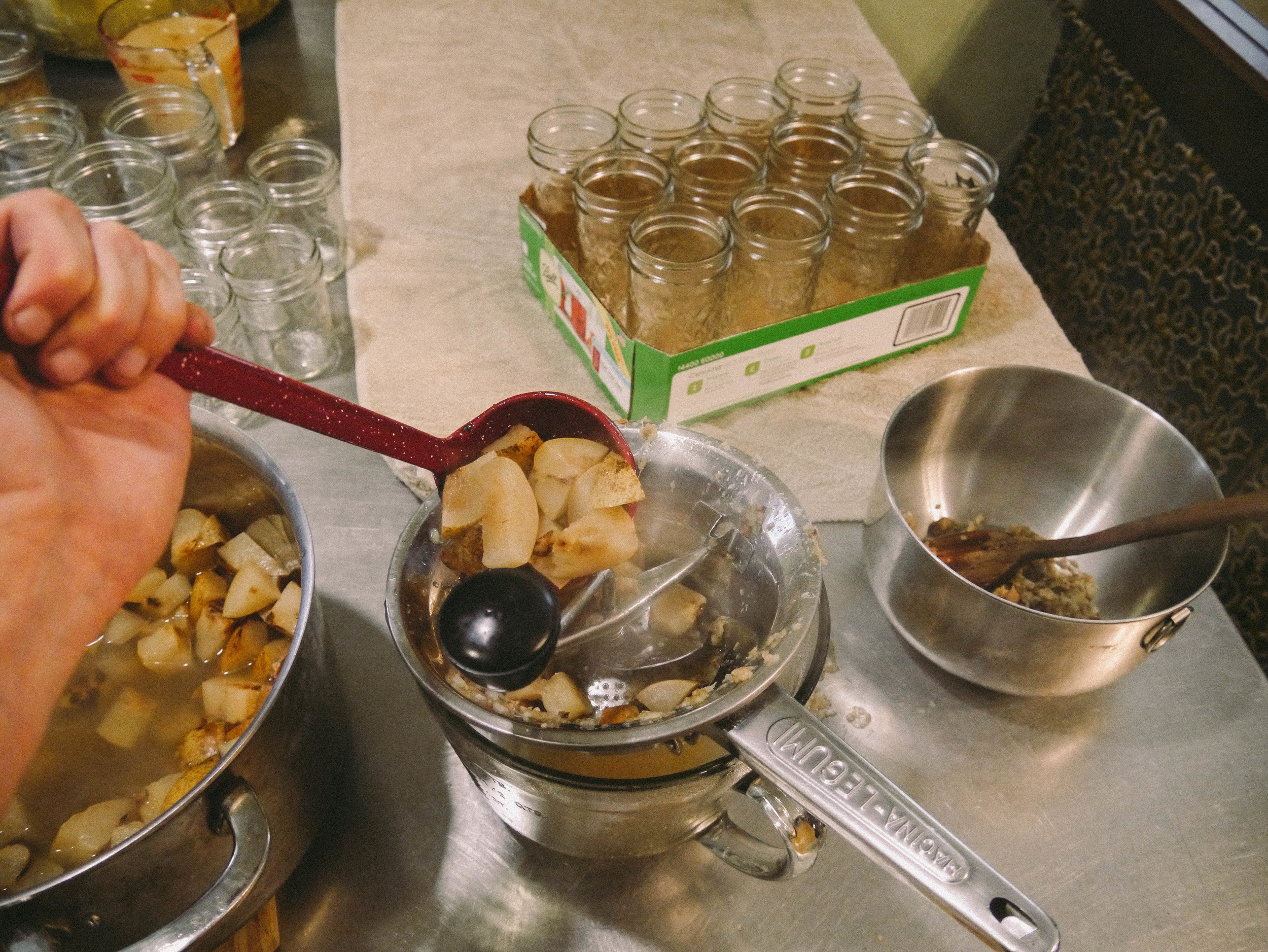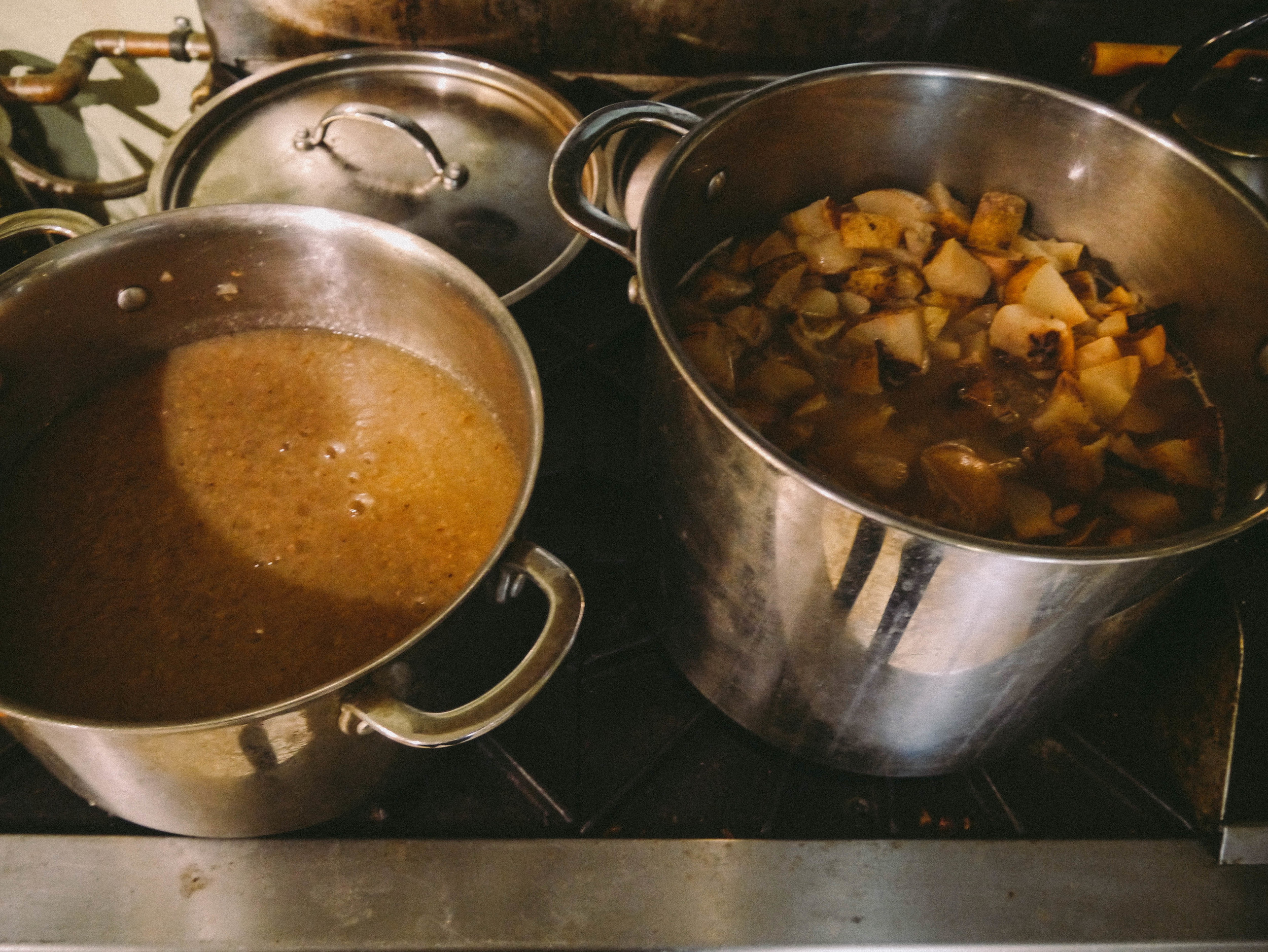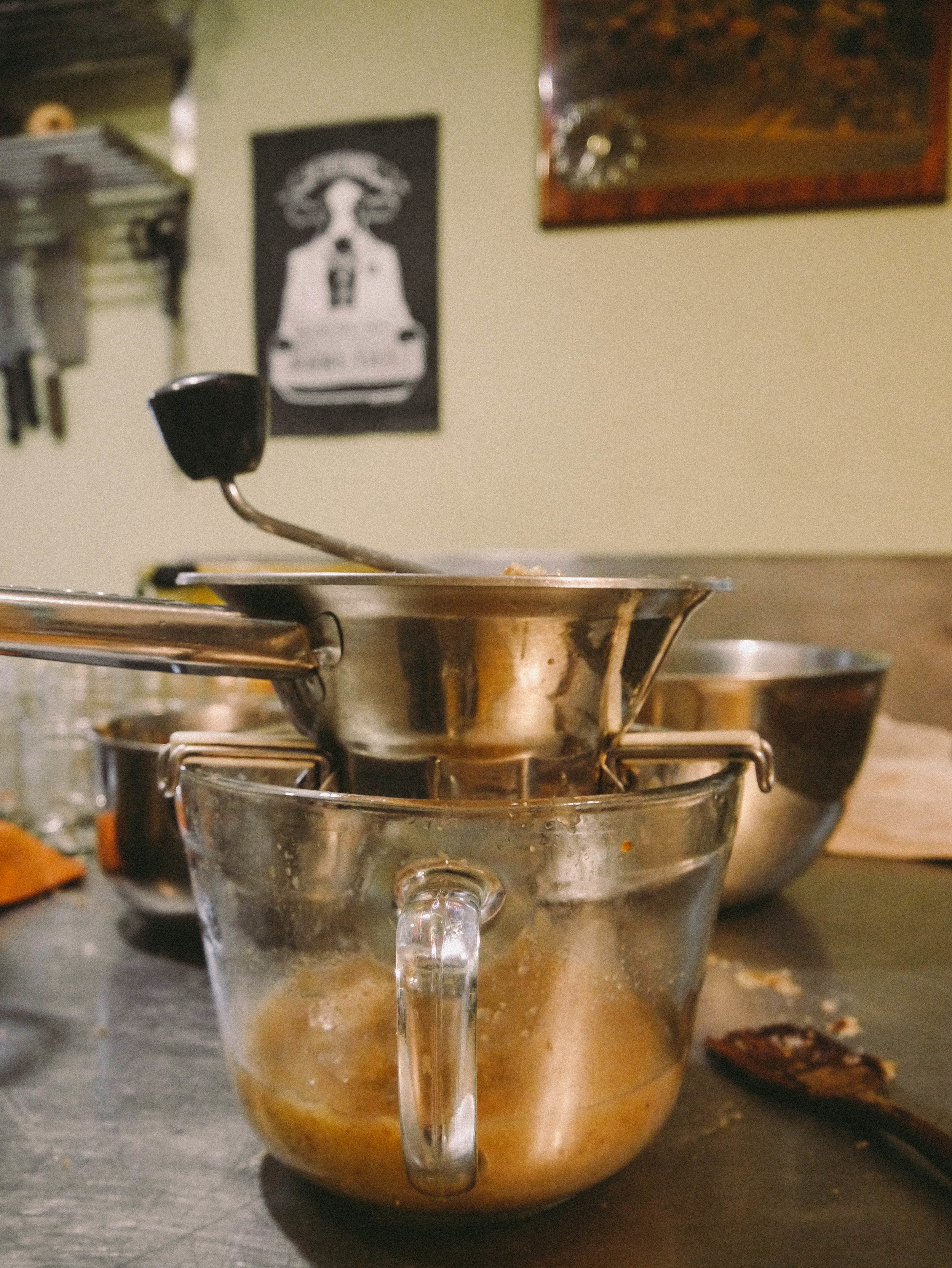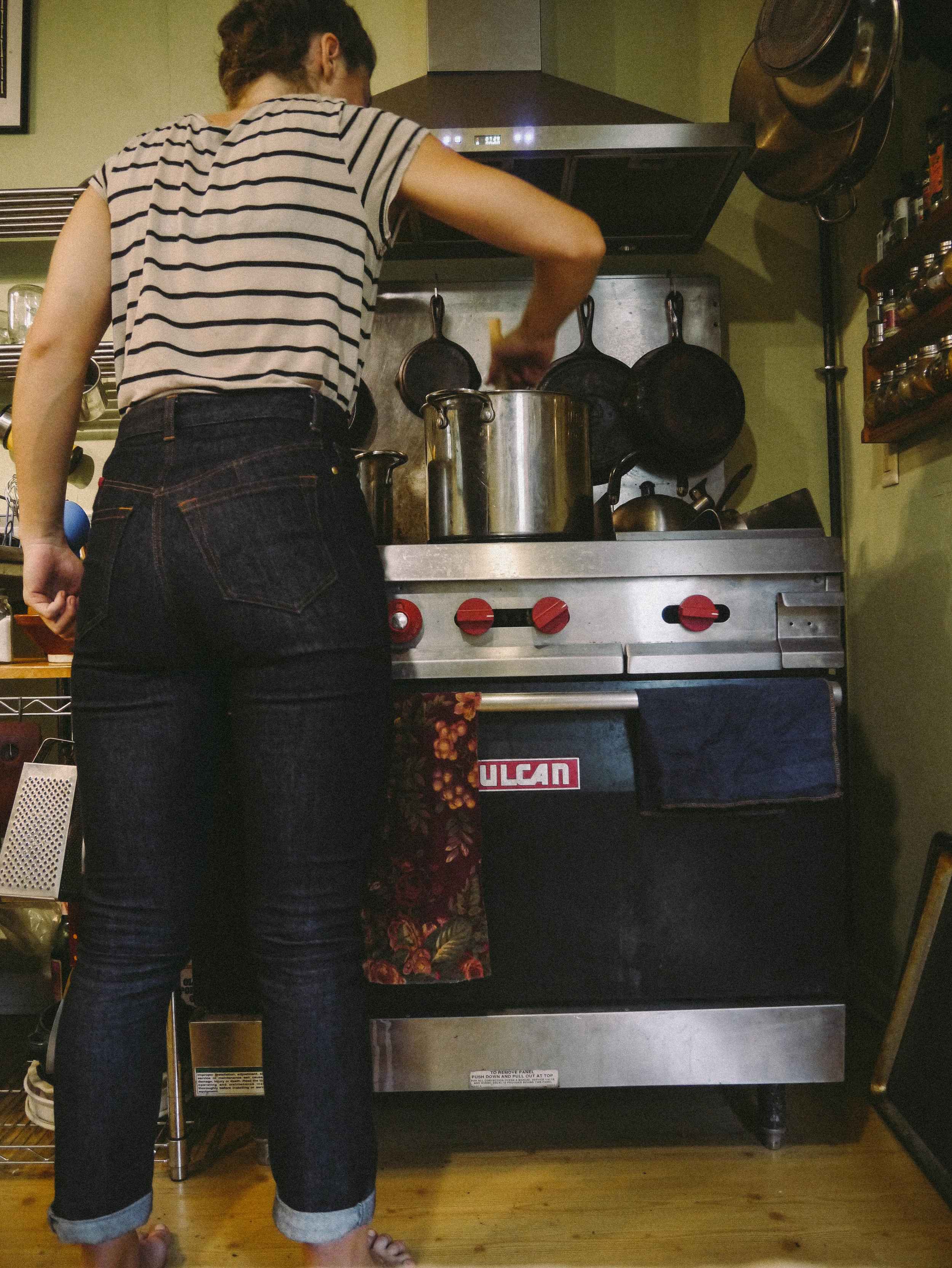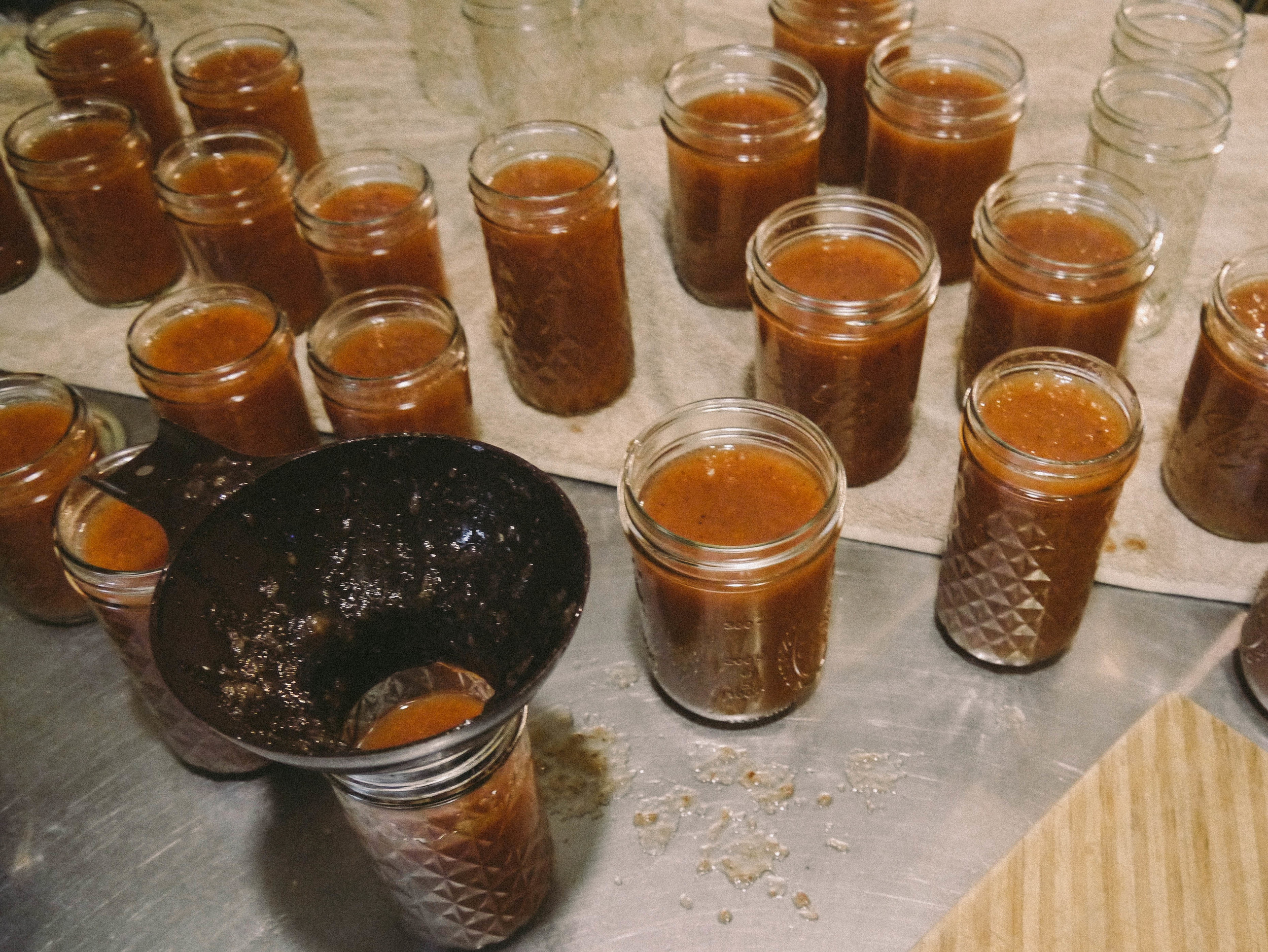You know spring is officially here when you start eating out of your yard. And by that I really do mean your yard and not just your garden. When the dandelions peak through the cracks in the porch, wild violets sprout along the woodsy edge, and the honeysuckles perfume the air, you know its go time. Let the warm lazy days and picnics with the free-for-the-eating harbingers ensue!
Edible flowers range in taste from sweet, delicate, fruity, nutty, spicy, peppery, and pungent. Theres nothing like frying them up in some good ol' fats (coconut oil) to mellow them out. Our good friend, Marina invited us over one Sunday morning for some homemade flower fritters. Thats right. Floral funnel cakes right at our fingertips. Makes flowers in a vase on your table sound pretty basic, I know. Edible flowers aren't just aesthetically pleasing in food, they pack a powerful nutritional punch along their beauty. Makes us feel half as bad for frying em up. Let's eat to that!
Blossoms we used:
Snapdragon
Garlic Chive
Calendula
Sugar Snap
Johhny Jump Ups
Pineapple Sage
Wisteria (avoid stems and leaves)
More edible blossoms:
Blue Porterweed, Borage, Chickweed, Chrysanthemum, Clover, Daisy, Dandelion, Daylily, Elderberry, Eucalyptus, Gardenia, Geraniums, Gladiolas, Hibiscus, Hollyhock, Honeysuckle, Hyssop, Iceland poppy, Indian paint brush, Impatiens, Jasmine, Lemon Verbena, Lavender, Lilac, Milkweed, Marigold, Nasturtium, Orange Blossom, Pansy, Pineapple Sage, Primrose, Queen Ann’s Lace, Red Clover, Eastern Redbud, Rose, Sweet Alyssum, Sunflower, Yarrow, Yucca.
While spring produces a plethora of wildflowers, bear in mind that not all of them are safe to eat. This should go without saying, but never eat a plant that you cannot properly identify. Do your research carefully before consuming any flower. Some are only safe if the stems and leaves are avoided, others can only be ingested in small quantities, some should be avoided if pregnant or nursing etc. Make sure you know what part and how much of the flower can safely be eaten. Be sure you’ve properly identified the flower. Just as eating the wrong mushroom can cause serious health problems, so can eating the wrong flower. Do not use flowers from florists, nurseries, or garden centers unless you know they are organically grown and free of any spray or pesticides. Generally commercial flowers have been treated with pesticides and/or chemicals to keep them in bloom longer, which aren’t safe to consume. Choose flowers from an organic garden or wildflowers (in which case, not wildflowers near a roadway or train tracks where they may have been exposed to vehicle toxins).
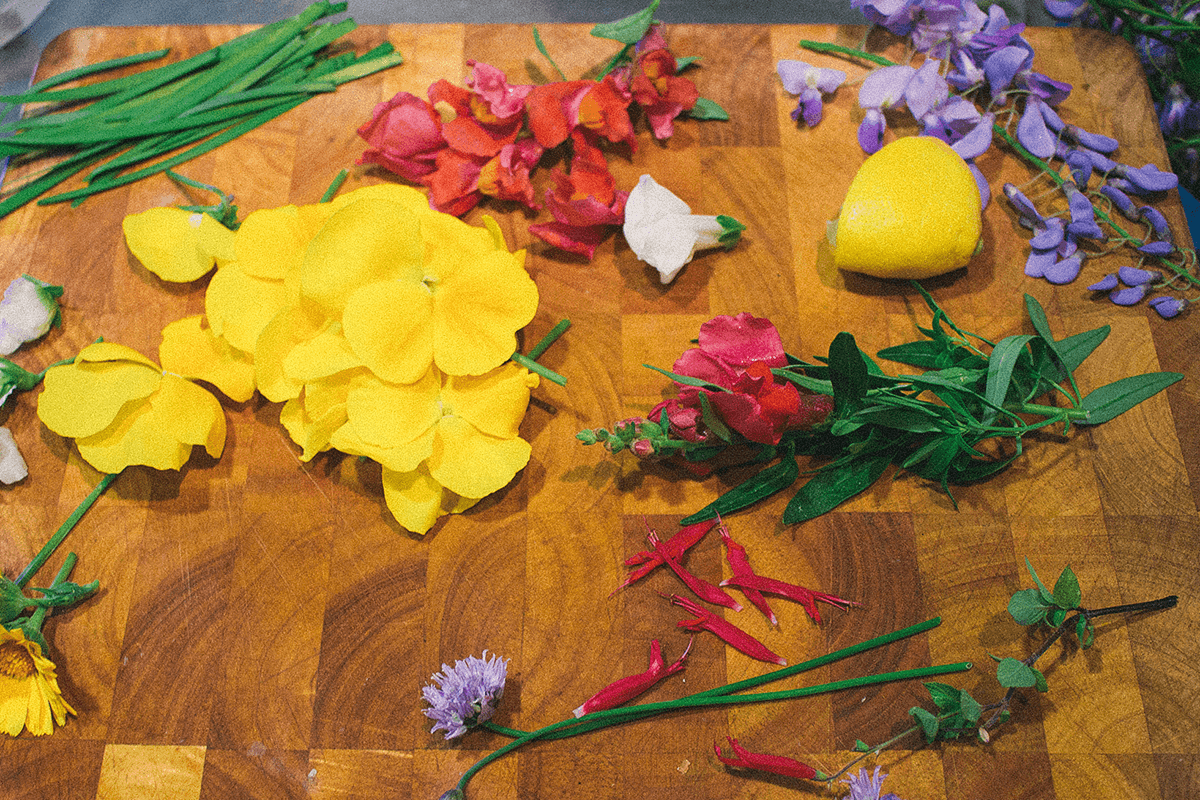
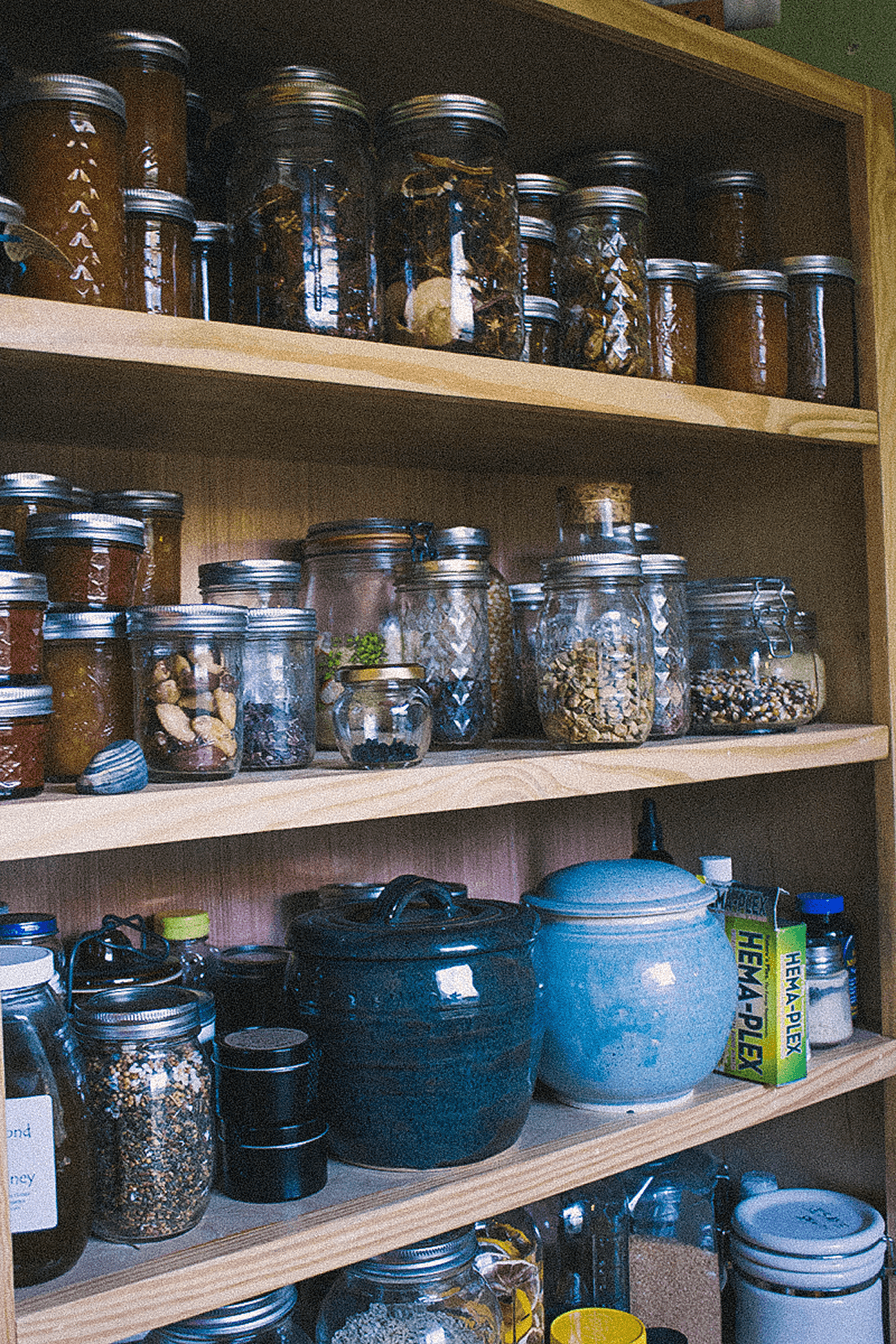
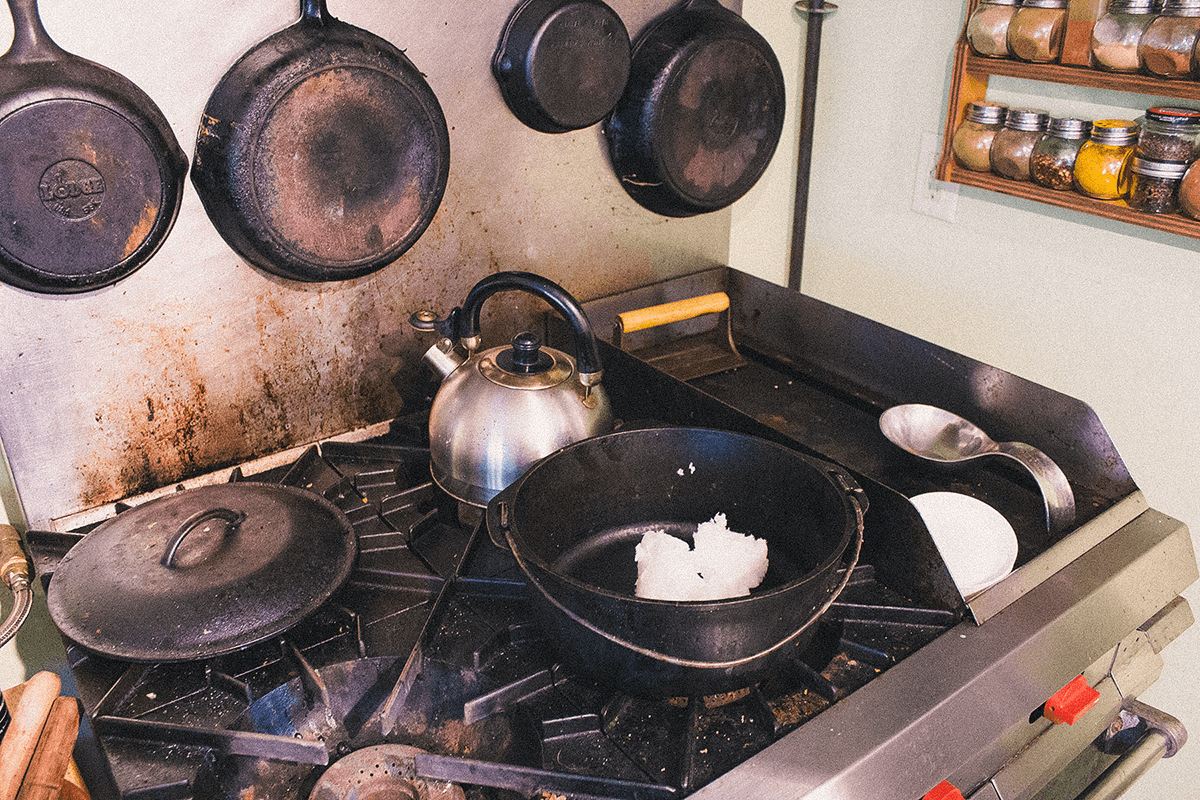
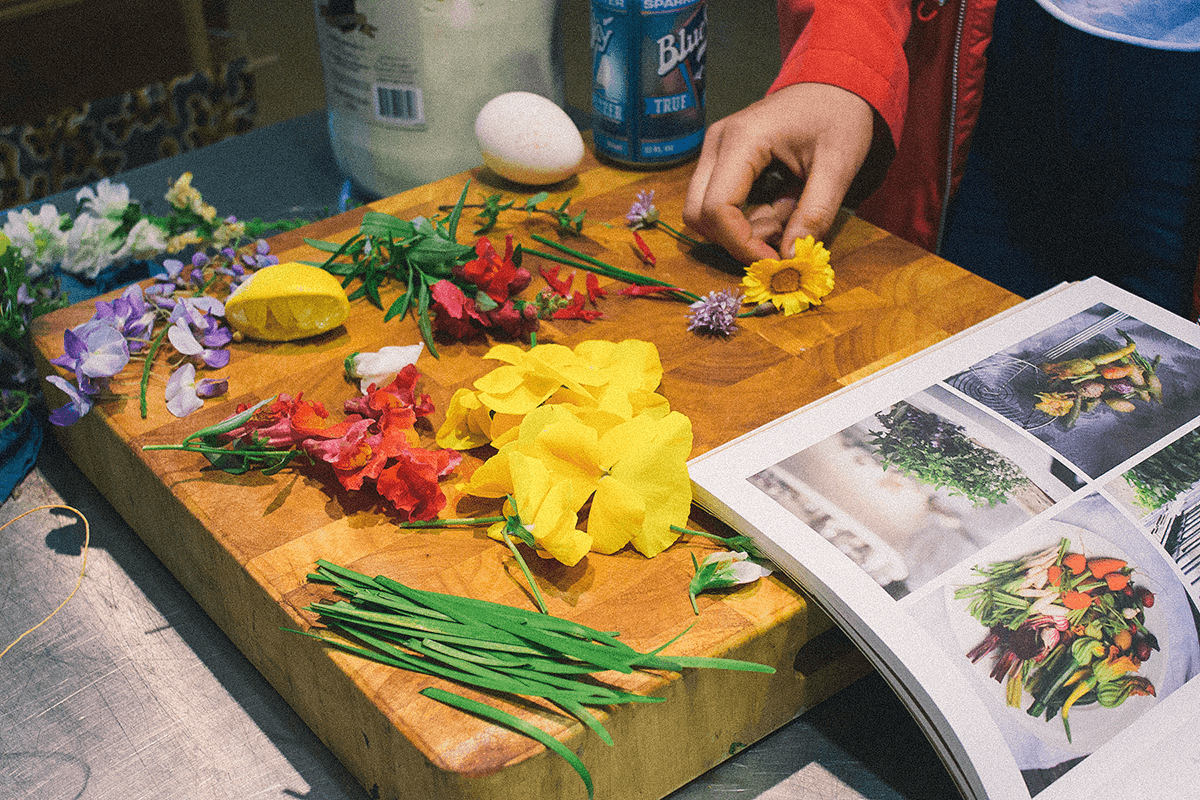
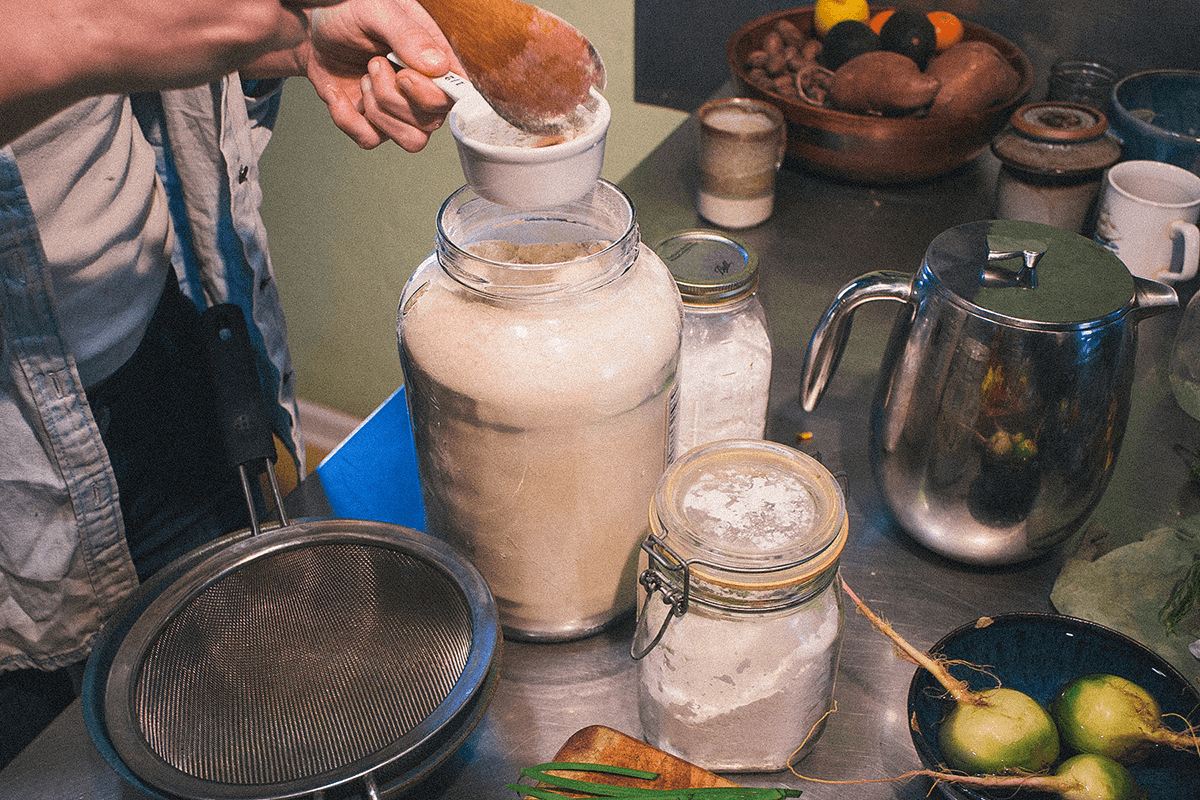
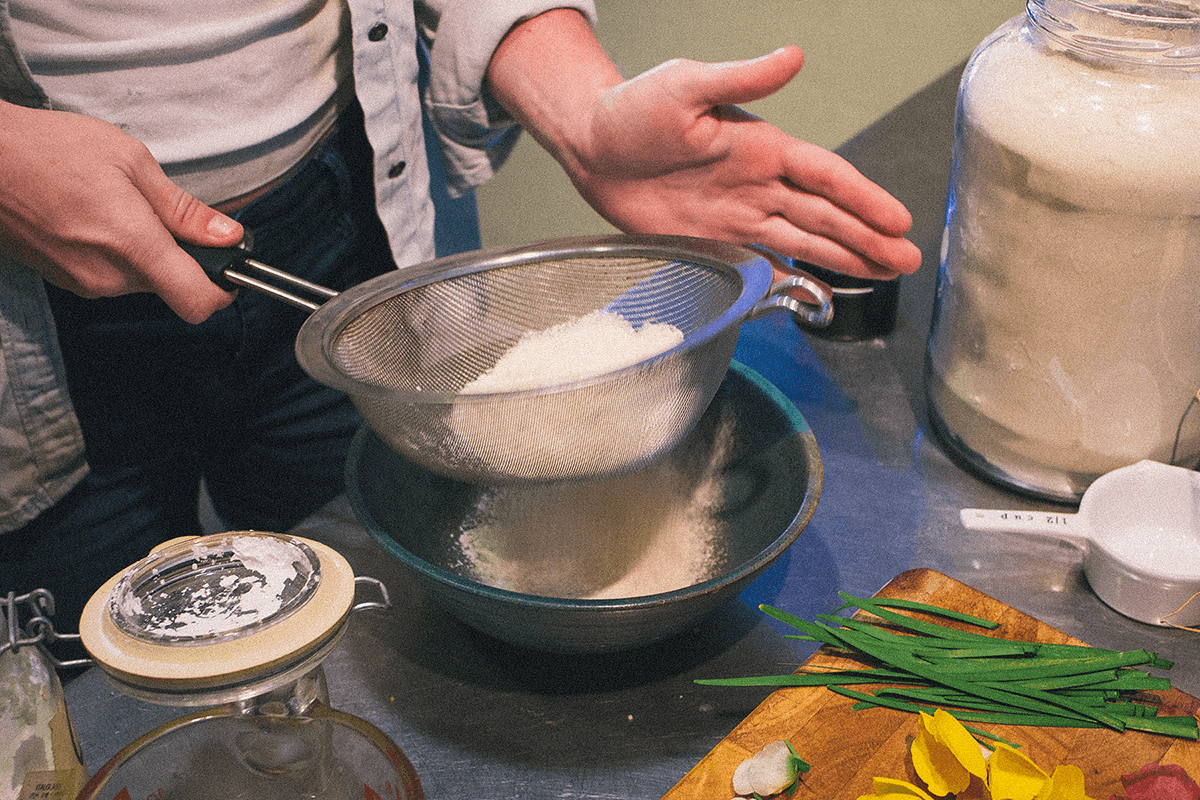
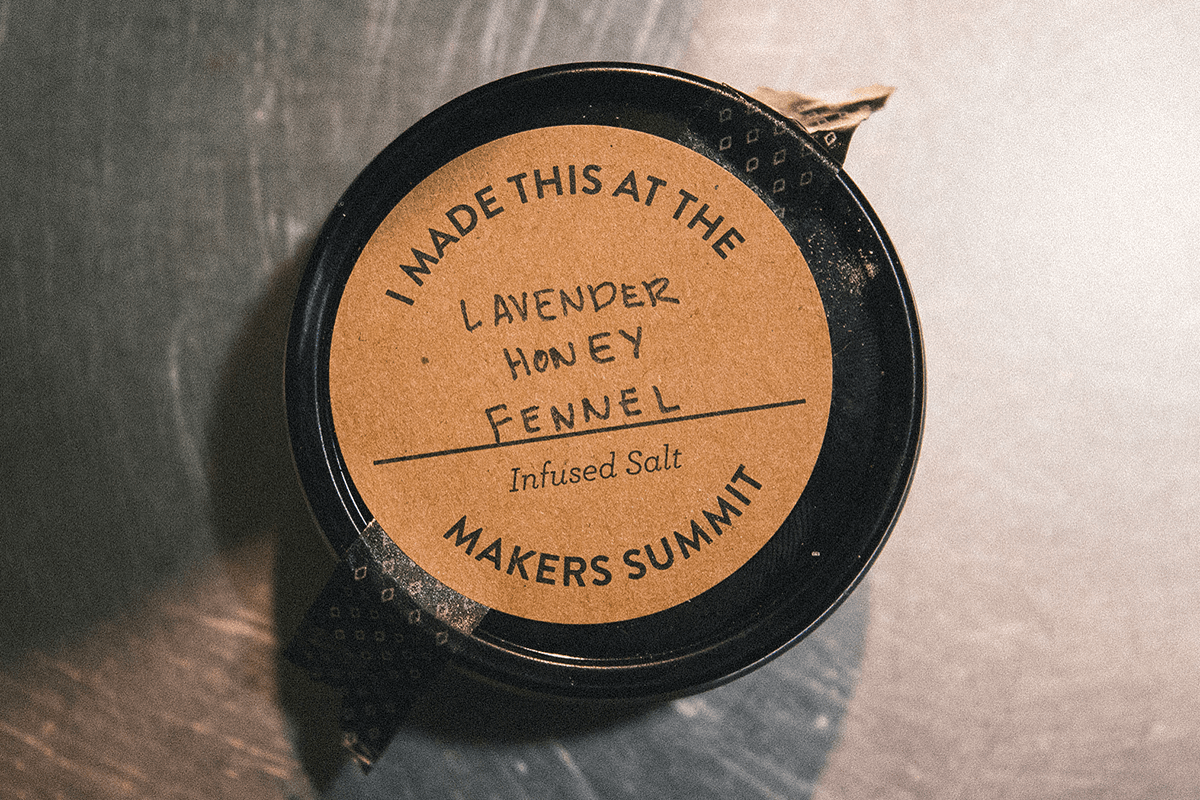
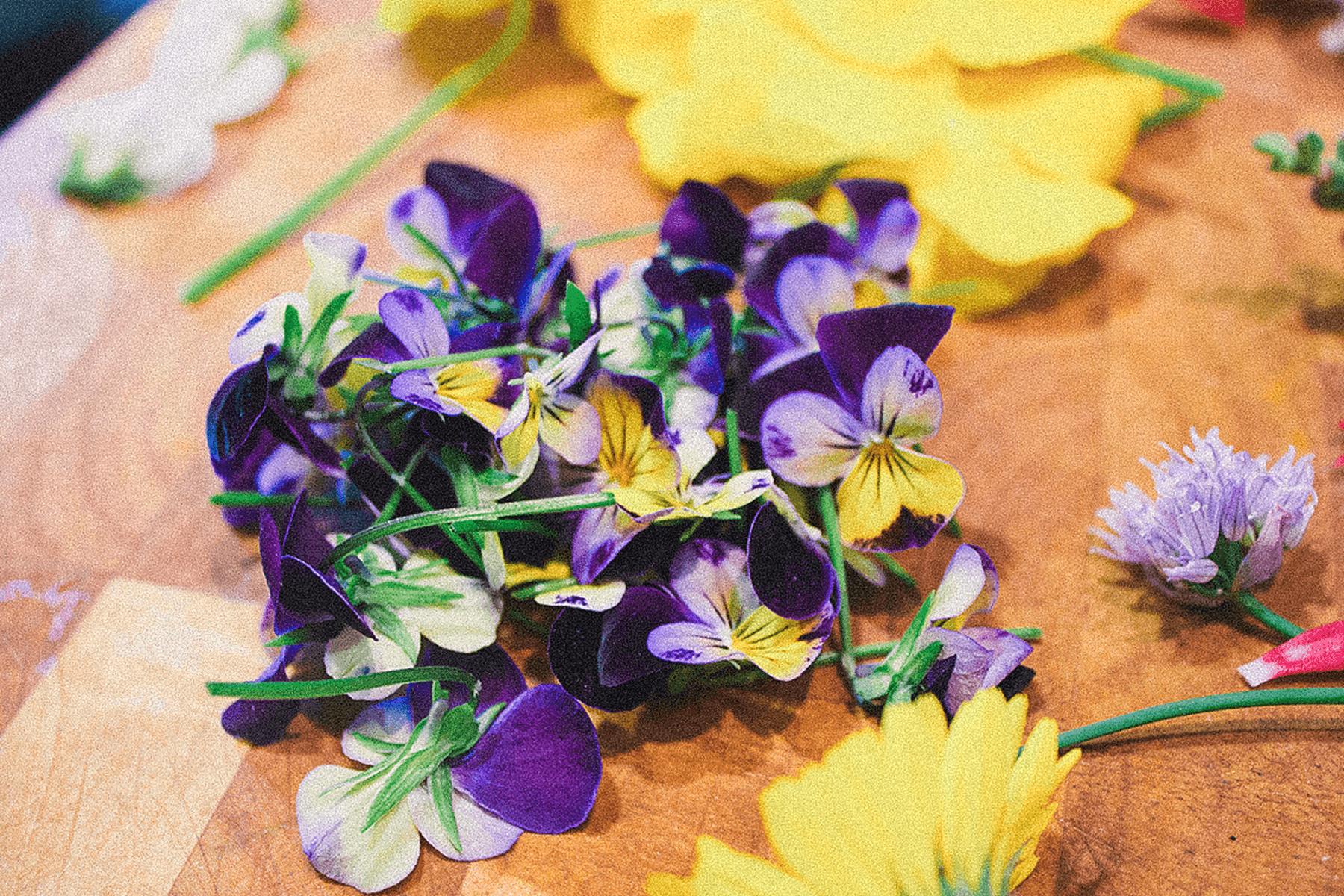


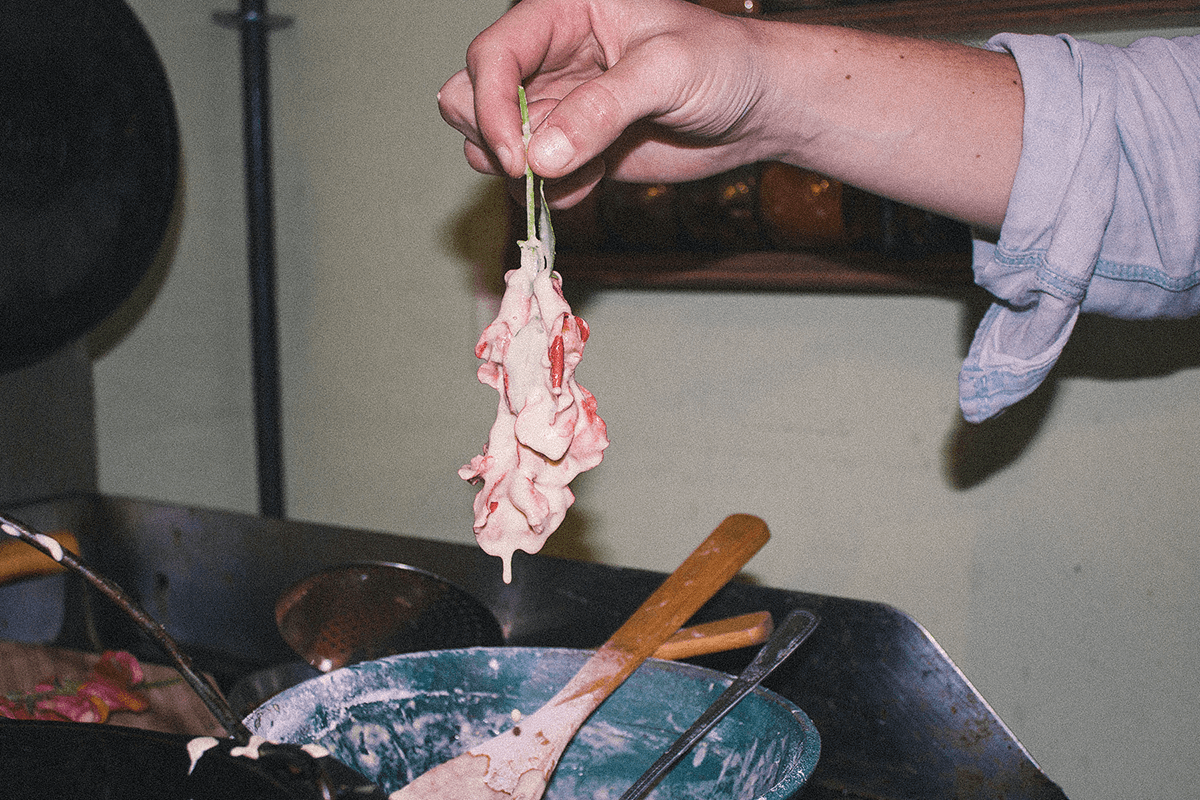
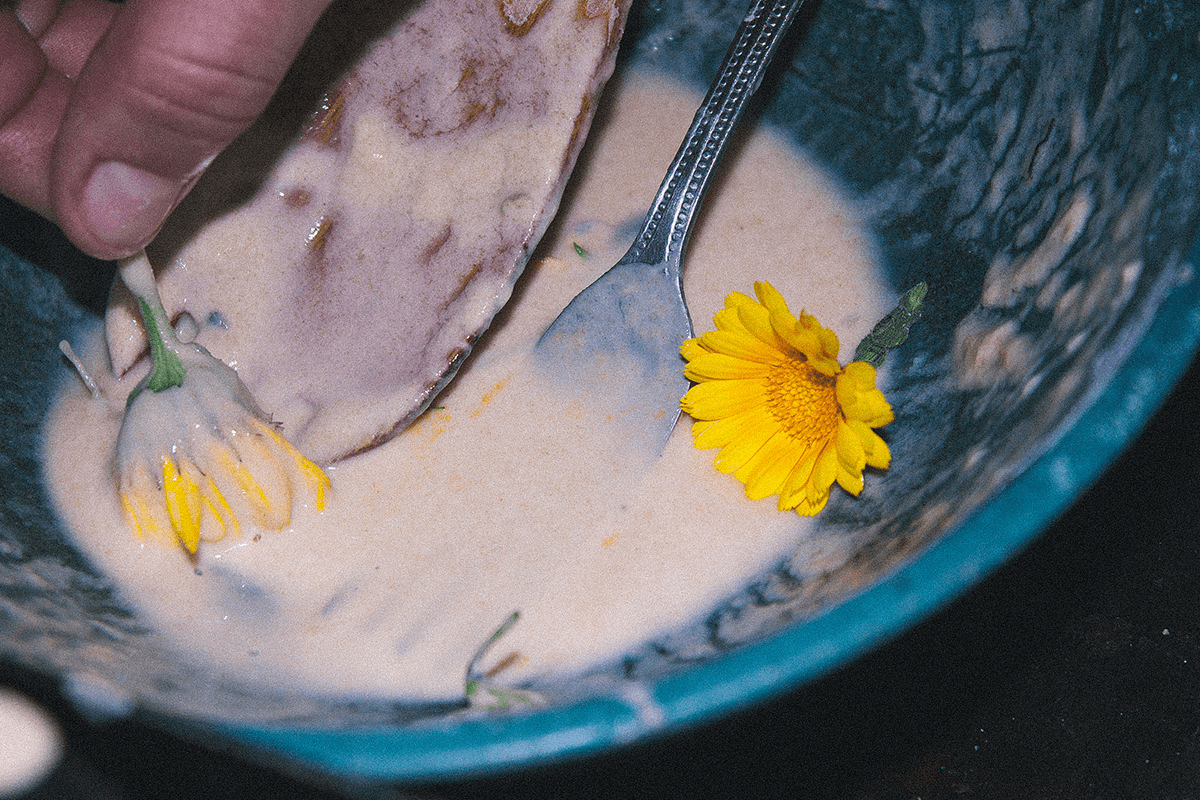
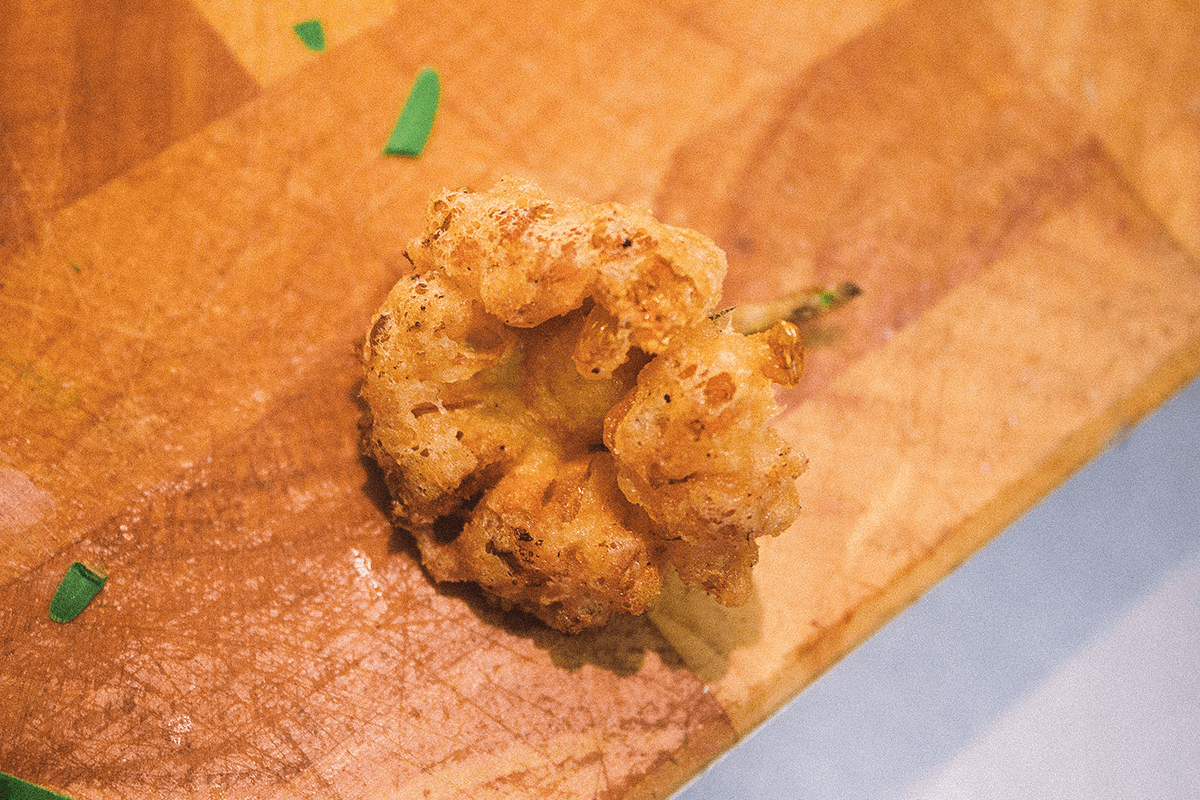
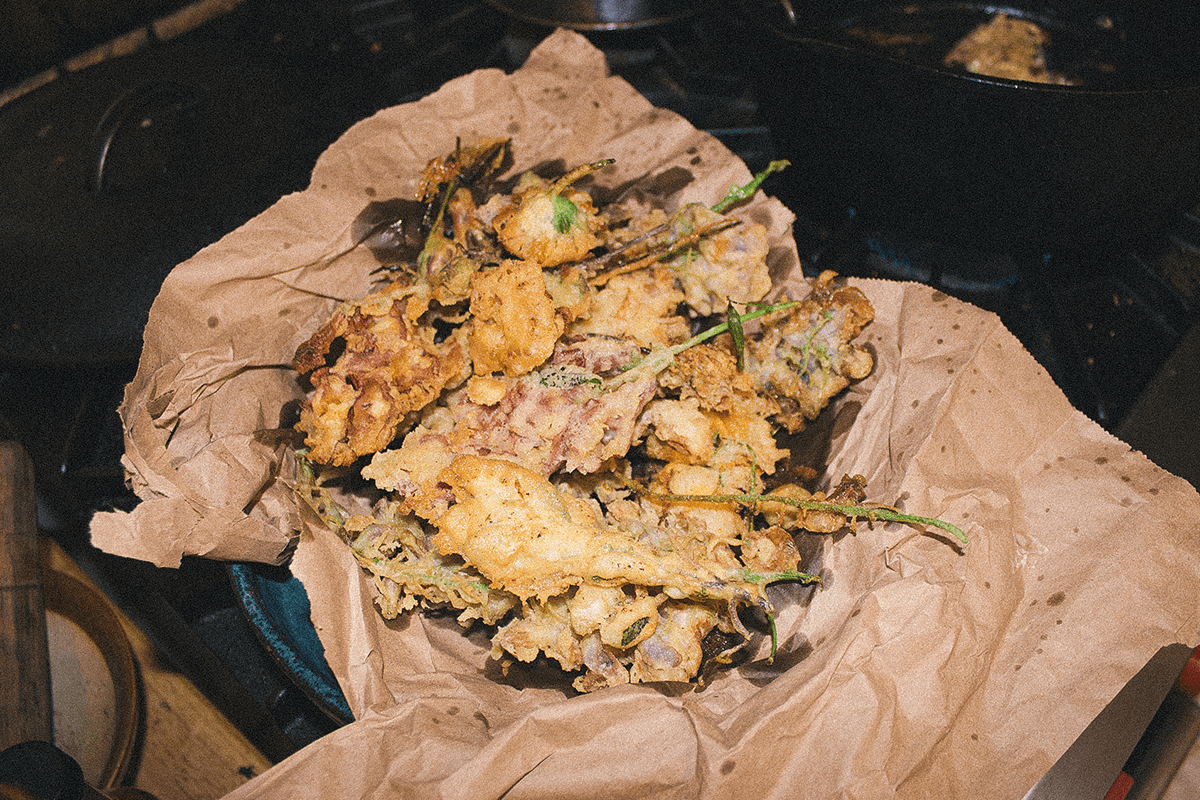
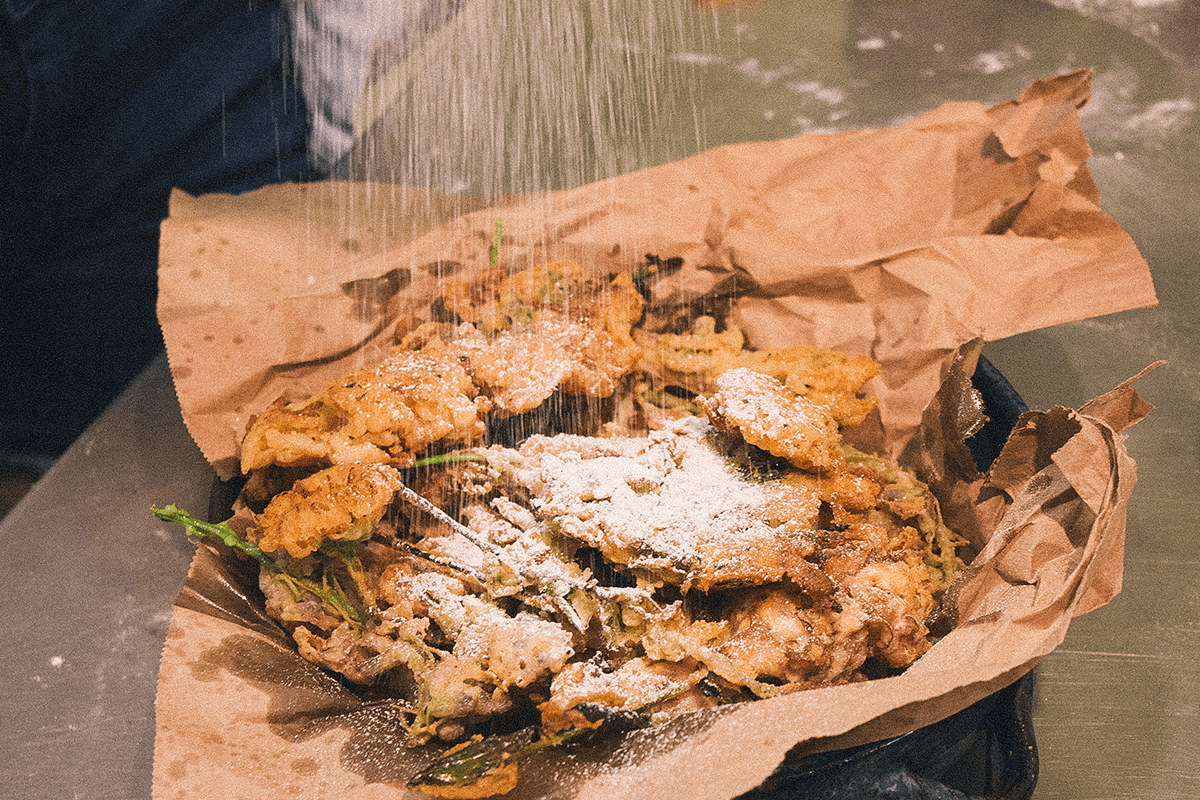
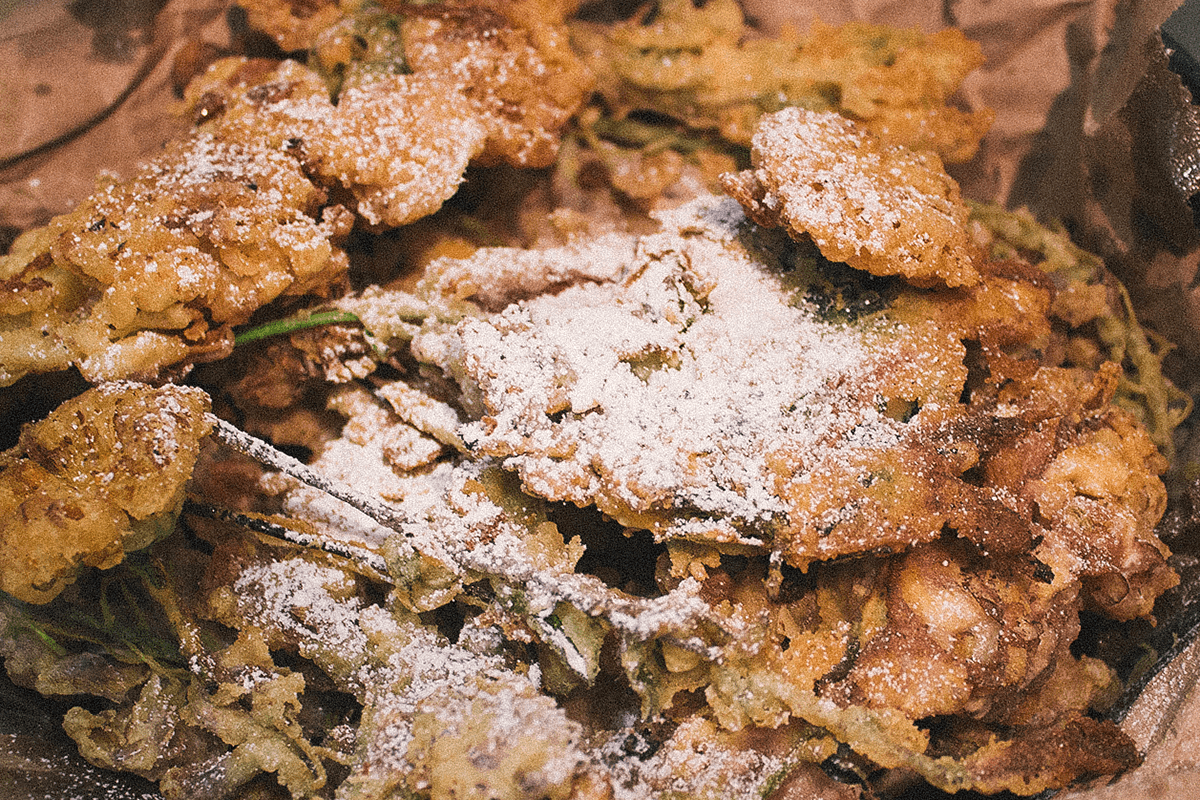
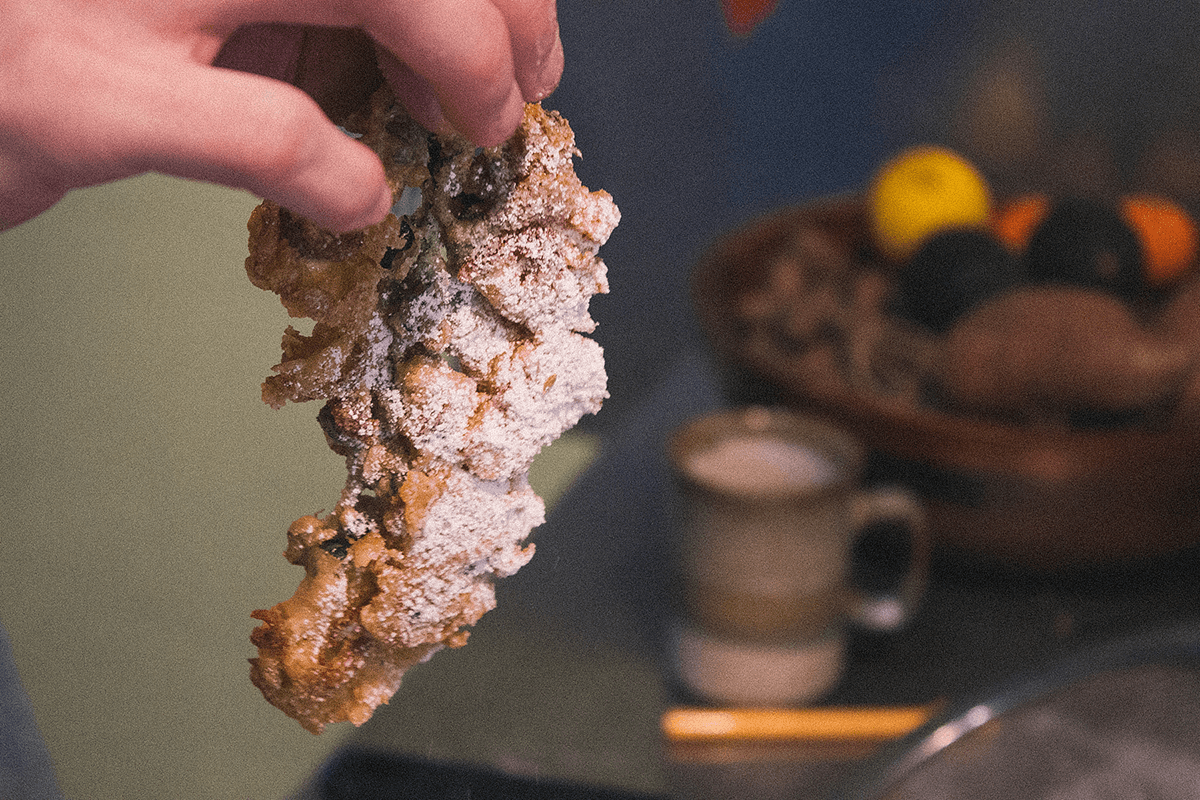
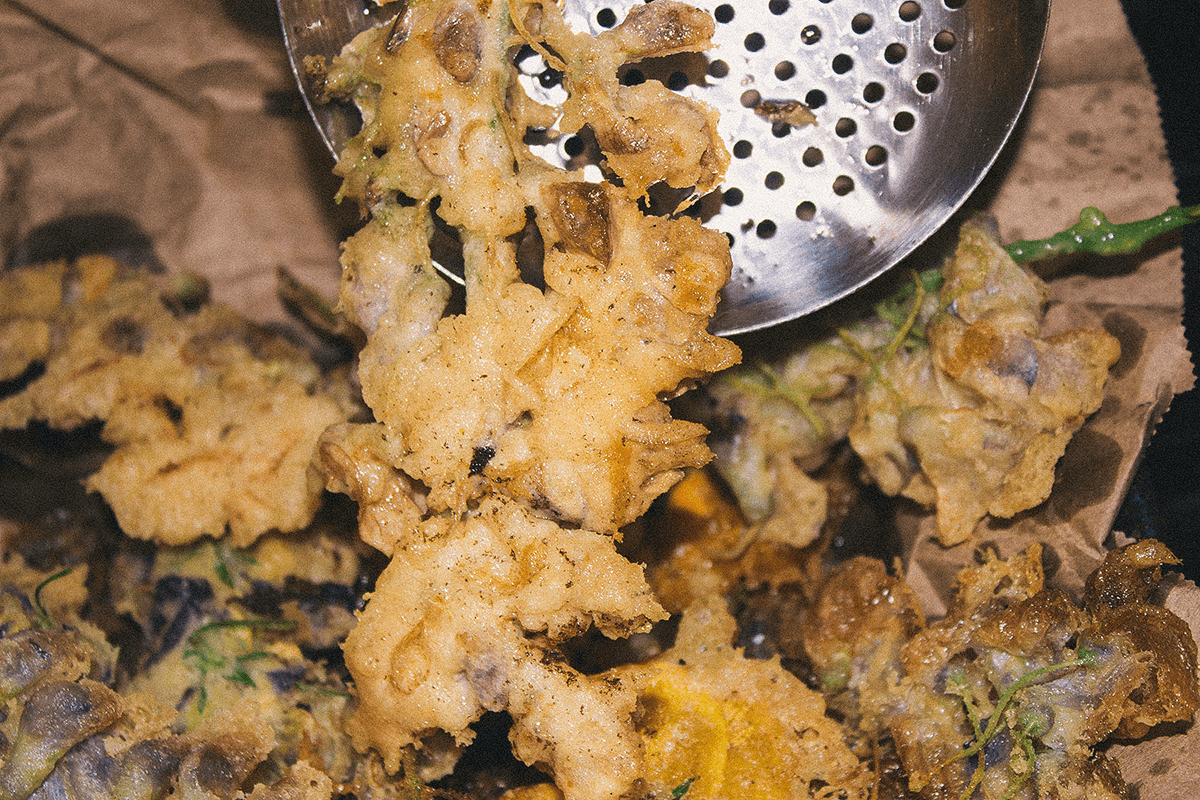
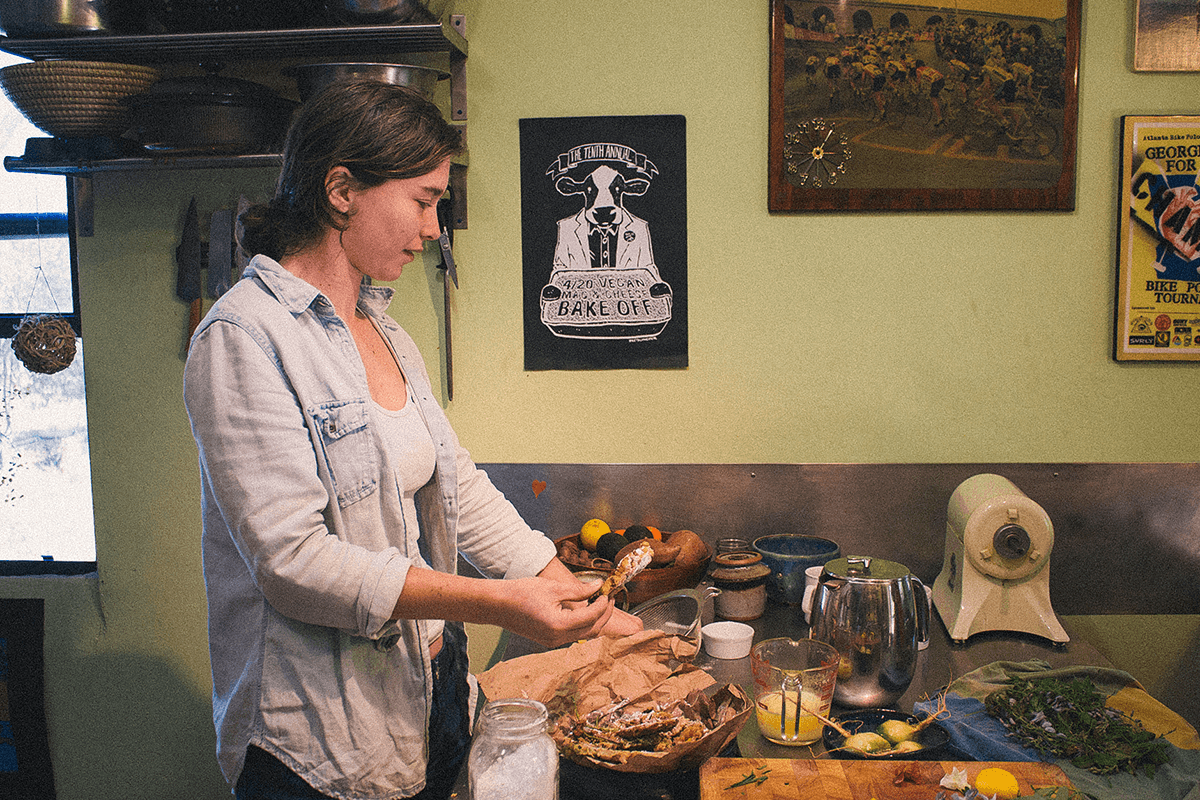
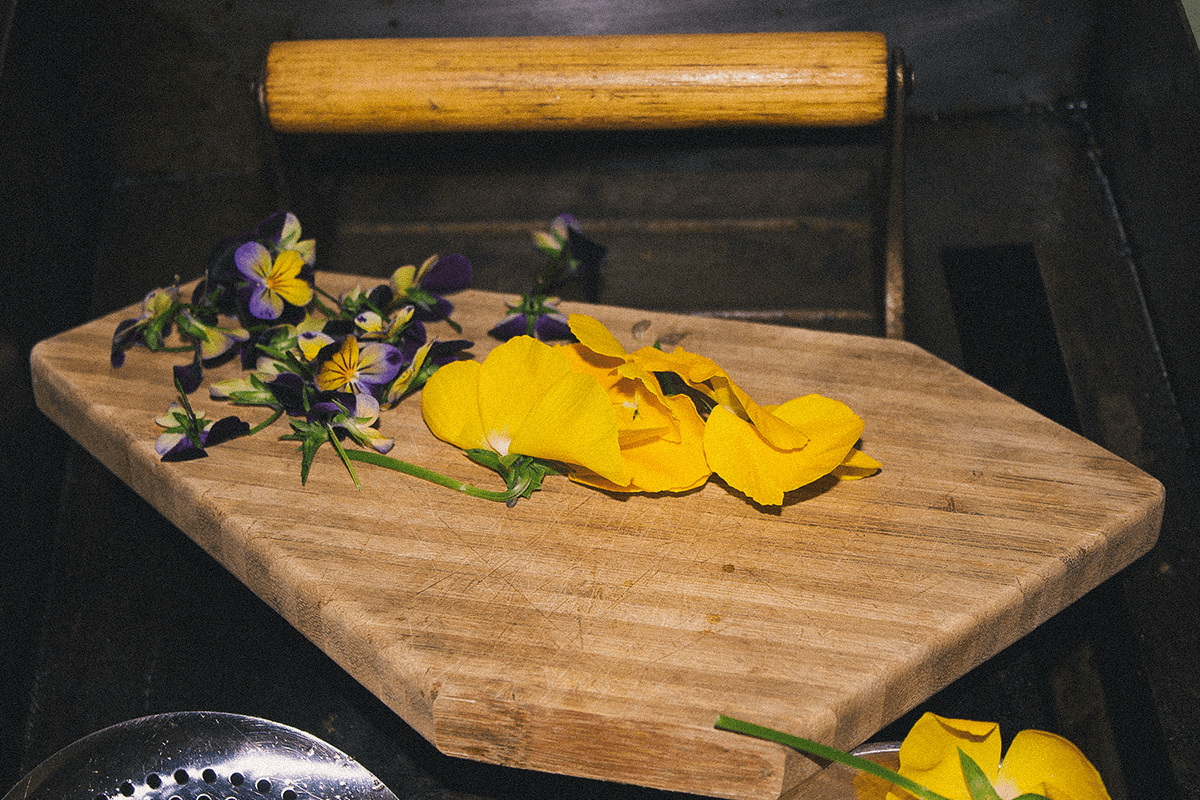
Ingredients:
coconut oil
1 turkey egg (or two chicken eggs)
1 1/2 cup seltzer
1 cup all purpose flour
1/2 cup corn starch
1 tsp salt
Method:
1. To fry use about 2 cups unrefined cold pressed coconut oil, heat to at least 325 degrees.
2. Combine flour, corn starch and salt in one bowl and the egg and seltzer water in another. Mix wet into dry ingredients util just combined. Pro-tip: you will have to work fast with the batter, so I recommend splitting up the dry ingredients and adding the wet in two batches.
3. Dredge the flowers in the batter and quickly drop in the hot oil and fry em up in less than minutes. Transfer fried goodness to a paper towel to soak up extra oil.
4. Top with powdered sugar and lavender/fennel salt.


